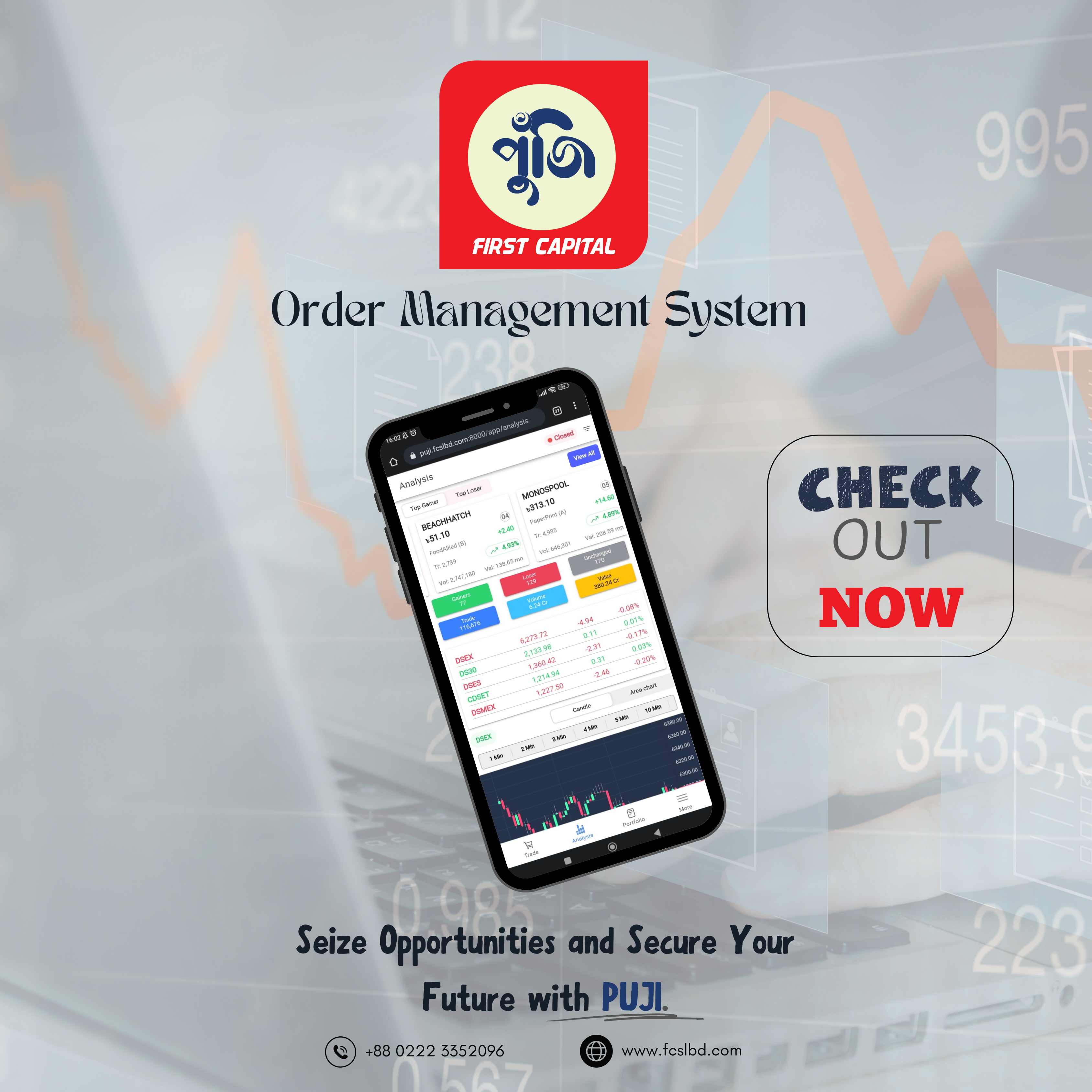AB Bank, Al-Arafah Islami Bank, Brac Bank, City Bank, Eastern Bank, Global Islami Bank, Midland Bank, Premier Bank, Pubali Bank, Prime Bank, Rupali Bank, Social Islami Bank, Southeast Bank, Standard Bank, Trust Bank, United Commercial Bank and Uttara Bank exhibited positive changes year-on-year in the third quarter.
Infographics: TBS
Listed banks showed a varied performance year-on-year in the July to September quarter of 2023. The Bangladesh Bank’s new interest rate policy brought positive results for 17 banks, while an upsurge in classified loans due to the dollar crisis negatively affected the profitability of the rest.
Out of the 32 banks that made a profit in the third quarter last year, 16 posted higher profits, one turned a loss, two reported no change, and 13 saw declines in the September quarter this year.
And, of the three banks that incurred losses last year, one made a profit in this year’s third quarter while the losses of the other two deepened.
The banks that posted growth
AB Bank, Al-Arafah Islami Bank, Brac Bank, City Bank, Eastern Bank, Global Islami Bank, Midland Bank, Premier Bank, Pubali Bank, Prime Bank, Rupali Bank, Social Islami Bank, Southeast Bank, Standard Bank, Trust Bank, United Commercial Bank and Uttara Bank exhibited positive changes year-on-year in the third quarter.
Bankers stated that in order to secure fixed income for facing inflationary challenges, banks are investing more in government securities.
Although the exchange gain was not that impressive, capital gain from government securities and interest income helped the banks manage profit growth, they added.
Meanwhile, the central bank stated that the deposit rate should not be below the three-month average of the inflation rate, which is currently above 9%. On the other hand, the lending rate was capped at 9%. As a result, deposits became expensive, leading to a shrink in banks’ core income.
However, the Bangladesh Bank’s derivation of a new lending rate formula for commercial banks has helped alleviate their deposit cost pressure. According to the new lending rate policy, the rate will be based on the weighted average rate of a six-month treasury bill plus a 3% premium, which has been effective from 1 July this year.
The ones that faced slump
Bank Asia, Dhaka Bank, Dutch-Bangla Bank, Exim Bank, First Security Islami Bank, IFIC Bank, Islami Bank, Mercantile Bank, Mutual Trust Bank, One Bank, SBAC Bank, Shahjalal Islami Bank and Union Bank experienced a decline in profits.
The profits of Jamuna Bank and NCC Bank remained unchanged. NRBC Bank fell into losses, while the losses of National Bank and ICB Islamic Bank deepened.
In its financial statement, National Bank attributed its poor performance to the classification of a significant amount of loans as borrowers failed to repay instalments on time because of a liquidity crunch.
As a result, interest on such loans and advances could not be translated into income, the statement reads.
According to Bangladesh Bank data, the total outstanding loan in the April to June period increased by 10.11% year-on-year and stood at Tk1,56,039 crore this year.
On condition of anonymity, a senior banker remarked that businesses are grappling with the decline in imports. He added that, owing to the dollar crisis, the challenges in properly importing raw materials and capital machinery will impede many companies’ ability to repay loans.
Meanwhile, in the third quarter, 12 banks faced a net operating cash crisis as they reported negative cash flow in their financial statements.
The banks are Al-Arafah Islami Bank, City Bank, Exim Bank, First Security Islami Bank, Global Islami Bank, ICB Islamic Bank, Islami Bank, Midland Bank, National Bank, Pubali Bank, Social Islami Bank and Uttara Bank.
Islami Bank said its net operating cash flow per share has
significantly decreased year-on-year mainly due to a decrease in deposits.
Q3 / Bangladesh / listed Banks
Source: https://www.tbsnews.net/economy/stocks/how-listed-banks-did-q3-year-amid-new-rate-policy-dollar-crisis-731410




